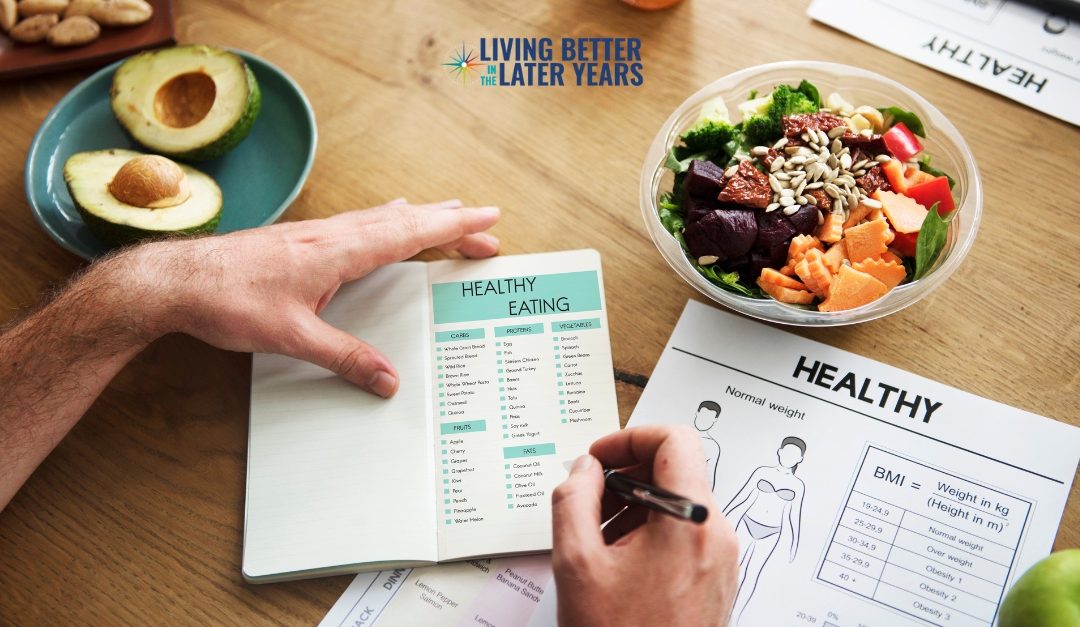While every shape and size is beautiful, fat—wherever it’s found in excess upon one’s frame—can endanger your health and well-being.
It’s true that some level of body fat is both necessary and helpful, as it serves the body as a store of energy to support an active lifestyle. It also supports the endocrine system, releasing vital hormones and proteins that help regulate other organs and processes in our bodies.
There are two major classifications of body fat:
- Subcutaneous fat: That which is found directly below the skin which you can touch and feel.
- Visceral fat: That which is less visible and wraps around the organs deep inside your abdomen.
Visceral fat—the more dangerous of the two—is linked to a plethora of serious health conditions, including heart disease and Type 2 diabetes.
In today’s world, it’s easy to pack on pounds. For most, food is everywhere, and for many, a sedentary lifestyle has become a way of life.
Unfortunately, two things are true and problematic:
- Most people underestimate the calories they consume.
- Most people overestimate the calories they burn during physical activity.
That becomes a recipe for ever-growing volume due to the buildup of excess body fat.
Consider this example: Taking a two-hour bike ride (about 21 miles) at an enjoyable pace on a mid-tier bike will typically burn up to 400 to 600 active calories, sometimes even less. What does that two hours of burn earn you in extra consumption?
Not that much.
Consider this:
- One slice of banana walnut bread from Starbucks is 410 calories.
- A McDonald’s sausage and egg McMuffin is 480 calories.
- A smoothie from Jamba Juice can equate 250 – 360 calories.
Even some arguably healthy breakfast options like muesli will rack up 300 calories for a small ½ cup with a bit of milk.
Most of these examples are reasonable, if not very nutritious, and don’t even align with the standard Western diet, which would increase calorie intake considerably.
The takeaway? You cannot outrun a bad diet. Be the best version of yourself— whatever that looks like—by battling excess fat by better monitoring your calorie intake. Some studies suggest the ideal body fat percentage is 12–18% for women and 6–15% for men.
As always, living better in the later years requires behaving differently in the earlier years. Take a baby step this week and start addressing excess fat by becoming a student of calories. How many is that next bite really? How many did I truly just burn up?
To gain more guidance around healthier eating habits, subscribe to the LBLY newsletter below!
Header Image Credit: rawpixel

